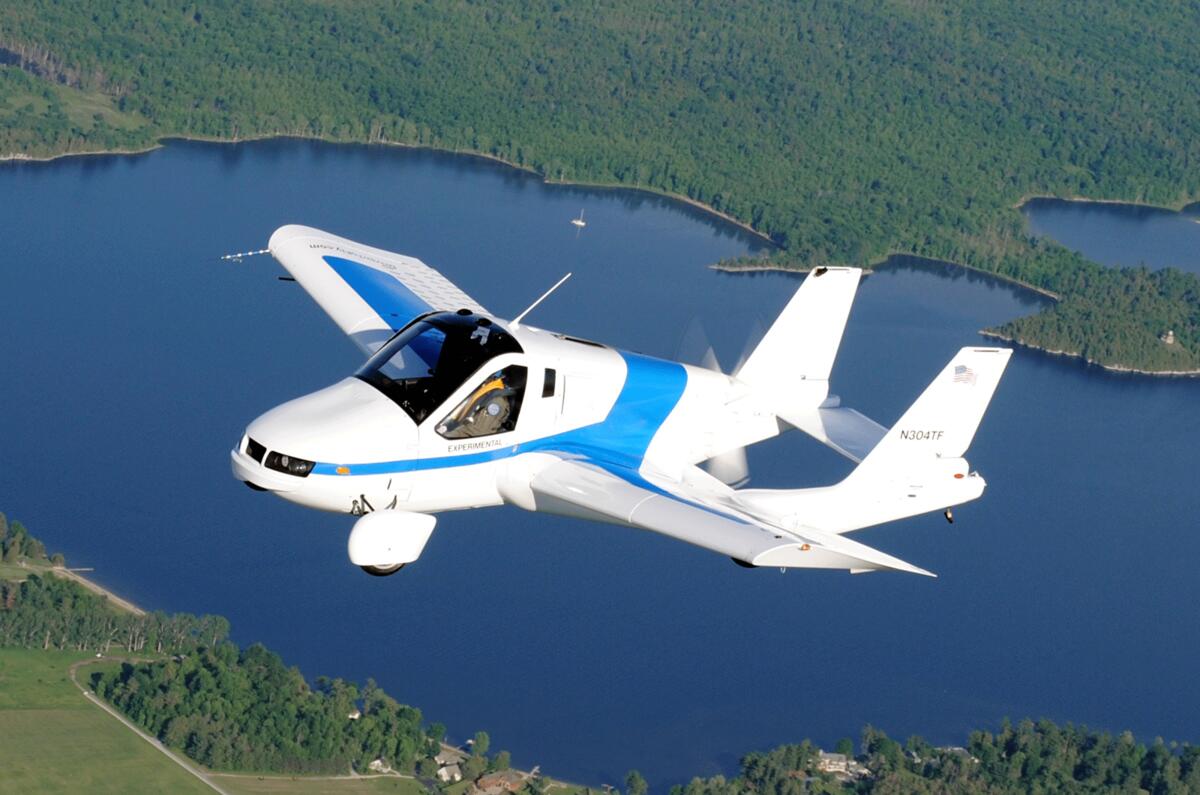The flying car is back in the news, as is its wont every now and again, since long before Henry Ford said, in 1940: “Mark my word: a combination airplane and motorcar is coming.”
The flying car feels like the gag about hydrogen-powered cars: “It’s the fuel of the future – and always will be.” There always seems to be a flying car or two about to go into production somewhere in the world – typically, in the long run, gaining about as much traction as a guinea pig on a lino floor.
Noteworthy this week is the AeroMobil 3.0, a Slovakian design that will be presented to the public at the Top Marques show in Monaco in April. Like most flying cars, it is ugly. It looks a bit like an ugly car. A bit like an ugly aeroplane. But it is very obviously a flying car. Or a driving aeroplane. As you prefer.
Sometimes it seems like there are more people who want to build flying cars than there are people who want to buy them. But somehow, in the same way I think of people who build floating cars, a world without them would be far less interesting.
Why they take it on is beyond me, because they must know that the market is small and the challenge tremendous – probably harder now than ever. Even assuming you can circumvent all the regulations, the sheer practicalities of it are mind-boggling.
A car is built to crash. An aircraft is designed to exist entirely without such an incident in mind and is built only to soar, so it must be light. A Cessna 172 – the world’s most successful aircraft – has four seats and must weigh a bit less than 1200kg. That’s not just on its own, but with fuel aboard and every seat occupied. It simply couldn’t take off if it weighed any more than it does.
So, similarly, a flying car must be light to get off the ground, yet it needs to cope with any road surface, have a gearbox that can propel both the propeller and the wheels individually and be small enough to drive on the road sensibly and big enough to carry its folded wings with it.
And even if you make a truly viable flying car, there is still the competition to worry about. There’s already a machine that can leave one precise destination and arrive at another while taking to the air. It’s called a helicopter.
And another thing...
In the 1994 film Pulp Fiction, the fixer Winston Wolf, played by Harvey Keitel, drove an Acura NSX. A deliberate choice, I’m sure, which impeccably suited his unflappable character.
Now Wolf is back. Only in an insurance advert, but credit to ad execs where it’s due. Rates for fixing in post-crunch Britain are clearly not what they were in 1994 Los Angeles, but kudos for giving today’s Wolf a Toyota GT86.
Get the latest car news, reviews and galleries from Autocar direct to your inbox every week. Enter your email address below:







Join the debate
Add your comment
NEVER HAPPEN!!!!
Lowest Common Denominator